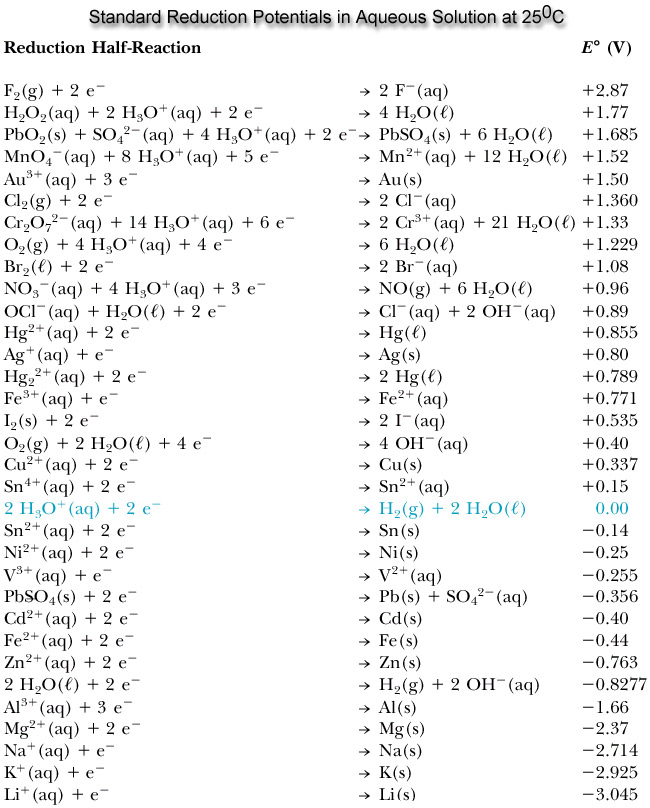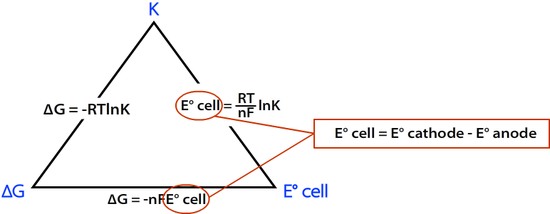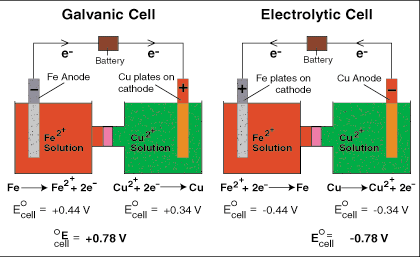Pantherlikher said:
Everything said to this point is useless since you "smelled Chlorine". This tells me you are no chemist with no knowledge of setting up a "safe" environment to work in.
STOP please... Set everything aside and learn the right way. Please. You hurt not only yourself, but anyone or anything around you. Permanent damage can result.
Chemical back grounded people would think before acting. Gee, an acid and a basic does what? HCL+ Bleach...
B.S.
... There is no helping the all knowing...
I guess you should tell LaserzSteve to stop too, in his CuCl2 solution he said he smelled a bit of chlorine. OCl- is not a base, it's a reducing agent. Safe environment? I should add more chlorine according to some of the top members on here, and "OPEN MY WINDOWS" come on... I am doing this out side with a mask on.
I was going to use aqua regia, but, where did I hear about the HCl-Cl method? (here)
I was going to do these reaction my way. I did the A.P. method a bit modified, doing the way I thought was best. It worked out okay, no problems. I do see it's an art forum on "TECHNIQUE" But in terms of chemistry, no.
2nd batch, i followed the AP method more carefully as specified. That's when I smelled the chlorine gas. My first reaction, I did it with HCl-Cl my way, the reaction took a long time, but it was okay. Then I see members on here using more chlorine, and we know the result.
I heard of the "poor mans aqua regia" on here, and that didn't work out to well either, it was okay, but, not good enough. When I first heard about all this gold recovery/refining. My thought was it would be best to use the A.R. method. Assuming the A.R. method is cutting the fingers off and just dumping them in to aqua regia and going from there. Then i started to hear about the A.P. method, just don't like it. I am pretty sure it was developed for people with out a chemical background and a cheap way to do it. I honestly never done any form of chemistry like the A.P. method, honestly it doesn't make much sense to me.
I told my professors(present and past) about what i was going to do. They all said pretty much the same thing, "oh you're going to use aqua regia" They just told me about the NO gas(which i am aware of). We talked about waste disposal, safety, things of that sort, checked on the city permissible limits of Some of the gases produced, etc.
I go around watching videos, reading topics here and there, i see "you add about half a cup of that, 2 cups of that, and a few drop of this." Just no... that's wasteful, no precision. I am just going to finish this batch and do it my way. The way that makes sense to me, calculate my % yield of what i recovered. I am sure I lost some, so i'll add 5% so the chemcial reactions take place. So I know roughly how much gold is in a certain mass of memory cards and do the math for "ALL THE REACTIONS" from there. So it's not wasteful, so it's legit, so it's clean. Measure things out correctly, have the proper concentrations, etc.
The only good thing i learned is the possibility of dissolving Au in to the CuCl2 solution. I honestly have no problem with that, I can just extract it. No big deal. The people have also helped me, to identify things, of where I might be losing some gold. But with the chemical processes, no. They're just making it worse for me honestly in that sense.
I did use Less H2O2, on this batch I have running. It has been running since 2pm. I barely see any progress, When I did it my way, it was done in about 3-4hrs. just so you know.
ETA: I remember one time in lab, my teacher put an anode and a cathode in a solution.He was teaching something about electrochemical(there was something funky about Cl2). He said, "You smell that? It smells like pool? It's chlorine gas). Toxicity is based on exposure limits, and strength. The more you're exposed to a gas, the more likely it will give you problems. Or a high concentration will also give you problems. That's what MSDS is for.
MSDS: Inhalation.
Overexposure to concentrations moderately above the TLV of 1 ppm irritates
the eyes and respiratory tract. Very brief exposure to a concentration of 1000 ppm may
be fatal. Acts as an asphyxiant at high concentrations. Inhalation of high concentrations
(e.g., greater than 15 ppm) causes choking, coughing, burning of the throat, and severe
irritation of the upper respiratory tract; additionally, pulmonary edema, bronchitis, and
pneumonitis may result. Lack of oxygen can kill.







